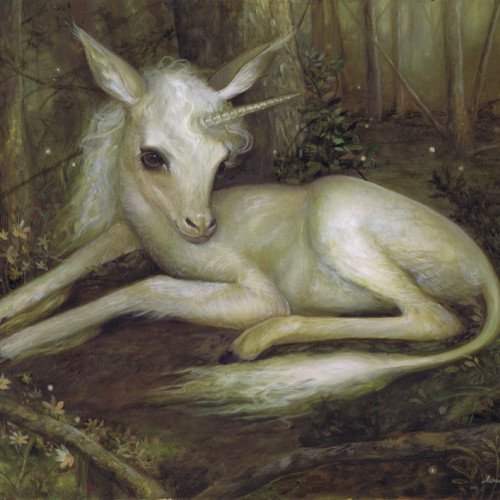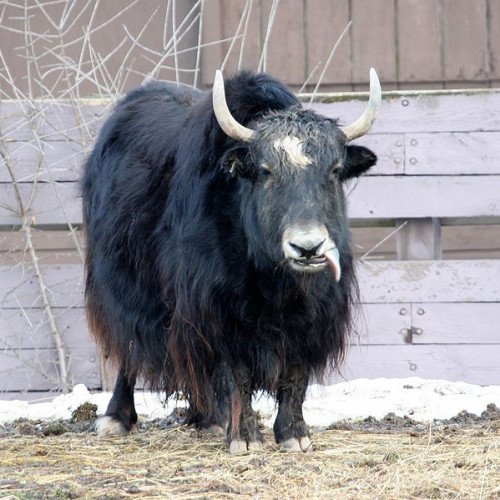Abath VS Kui (Chinese mythology)

Abath
An Abath is a legendary creature resembling a unicorn, first appearing in records in the 16th century. Accounts of the Abath were brought back by 16th-century European travellers to the Malay Peninsula. Described as female, with a single horn growing from its forehead, it is speculated that these were probably the result of a half-glimpsed Javan or Sumatran rhinoceros. Like the unicorn, a powder made from this horn supposedly served both as an aphrodisiac and as an antidote to poison. However, since the unicorn was invariably represented as male, and since there was only ever one in existence at any time, the Abath seems to have developed independently from the European myths of the one-horned creature.
Statistics for this Xoptio

Kui (Chinese mythology)
Kui (Chinese: 夔; pinyin: kuí; Wade–Giles: k'uei) is a polysemous figure in ancient Chinese mythology. Classic texts use this name for the legendary musician Kui who invented music and dancing; for the one-legged mountain demon or rain-god Kui variously said to resemble a Chinese dragon, a drum, or a monkey with a human face; and for the Kuiniu wild yak or buffalo.